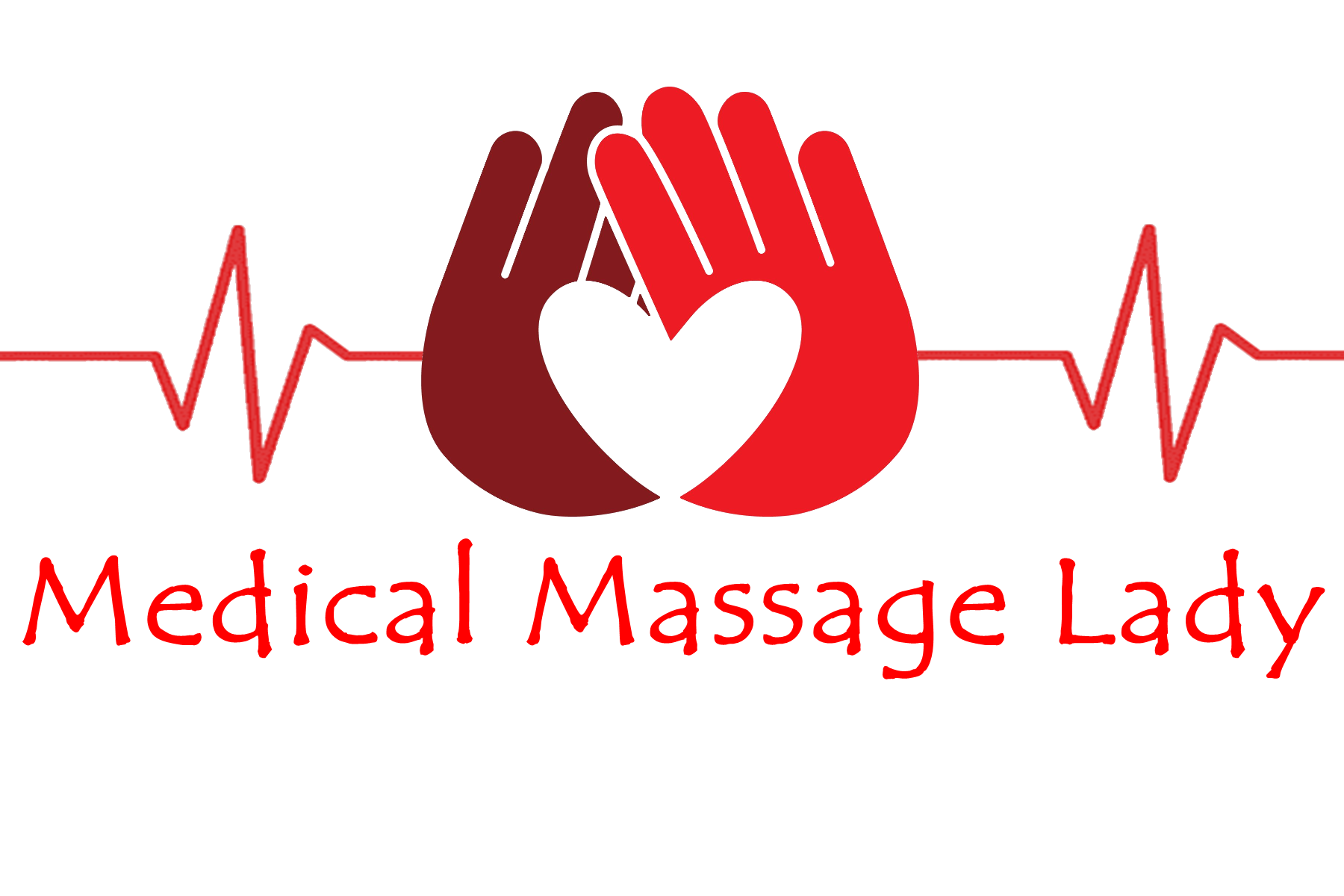- 07736 104738
- sam@medicalmassagelady.com
- Mon - Sat, 8:00 - 18:30
The number of people with diabetes has risen from 108 million in 1980 to 422 million, approximately 8% of whom are type 1 diabetic. By 2040 this figure is expected to rise to around 640 million. The likelihood of having a diabetic client is therefore high. Diabetes occurs when the body is unable to produce insulin & therefore maintain normal levels of blood sugar. A type 1 diabetic will have around 65,000 injections & measure their blood glucose over 80,000 times in their lifetime.
BENEFITS:-
RELAXATION –research has shown that stress management can lower blood glucose levels. When the body encounters stress, it produces cortisol & prepares itself for a “fight or flight” reaction by raising blood glucose levels. Massage reduces cortisol release & can therefore have a profound effect on preventing blood sugar surges.
CIRCULATION –by increasing circulation, massage increases transport of oxygen & nutrients throughout the body, which in turn improves the cells’ insulin uptake. The stimulating effect of massage on the circulation sometimes seems to have the same effect as exercise on the diabetics blood sugar level. This isn’t a problem as long as the client is warned of the possibility so that he may prepare his medication/diet accordingly.
TISSUE FLEXIBILITY –Massage helps increase tissue mobility & elasticity, reversing the thickening effect of uncontrolled glucose levels on connective tissue. This tissue inflexibility can manifest as stiffness in muscles, tendons & ligaments, as well as decreased range of motion in the joints.
PRECAUTIONS:-
INJECTION SITES -type 1 diabetes must self-inject insulin to maintain homeostasis, but increased circulation near the injection site can increase insulin absorption rates. This could have serious consequences for a diabetic so a massage therapist must be sure to avoid the location of any recent injection sites for at least an hour. It is important to ask the client where & when they inject insulin, to prevent mistakenly working on such an area.
NEUROPATHY - Diabetes can affect the peripheral circulation, especially in the feet causing the tissue to become more fragile, & can also affect the nerves & reduce the clients sensitivity. Deep massage techniques can damage fragile tissues, & with an impaired pain response this may not be realised at the time. Sports massage in such cases will be unsuitable as the client may be unable to provide adequate feedback regarding appropriate measures of tactile sensation or heat. Diabetic neuropathy can be extremely painful, requiring a sensitive technique on affected areas.Also, the risk of bruising, burning or any injury is increased with diabetic clients due to their fragile & easily damaged tissue. Even lighter effleurage could potentially further damage such skin.

BLOOD SUGAR CHANGES - massage can lower blood sugar, so both the client and practitioner must be ready to monitor any sudden changes. Due to the relaxing nature of massage, & the somewhat altered state of consciousness that can occur, a drop in blood sugar can be difficult to notice. Some diabetics can tell when their sugar levels are dropping, while others may not have any awareness. Hypoglycemia (low blood sugar) is a serious condition & can lead to unconsciousness & rarely death. If blood sugar levels have been unstable, medical advice should be sought.
Due to the unpredictability of a diabetic’s blood sugar level, it is important for the massage therapist to recognize the signs and symptoms of hypoglycaemia:-
- Excessive sweating or clamminess
- Dizziness
- Drowsiness/Inability to awaken
- Confusion/Slowed or incoherent speech
- Slowed or delayed movements
- Sudden irritability/Change in personality
- Rapid heartbeat
- Shakiness
- Hunger
- Anxiety or nervousness
- Headache
- Clumsiness or jerky movements
- Muscle weakness
- Blurry or double vision
- Convulsions or seizures
If such symptoms are noted, the therapist should ask the client how they feel. A confirmation of a blood sugar reaction or a response that seems “off” requires immediate attention. A blood sugar drop can occur very quickly in diabetes, so fruit juice/ cookies/glucose tablets should be available. Ensure that your client is feeling better before they get off of the table & again prior to their departure.
SUMMARY
In order to maintain homeostasis, massage is indicated for those with healthy tissue & good circulation, as its value outweighs the risks. Treatment can be altered accordingly if there any localised skin issues for example, & medical advice sought where there are further complications such as neuropathy or uncontrolled blood sugar levels. Massage over an injection site is contraindicated for at least one hour after the injection. For these reasons it is crucial to maintain open communication with your clients, to improve awareness of possible hypoglycaemia.




